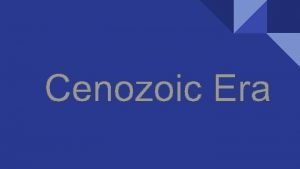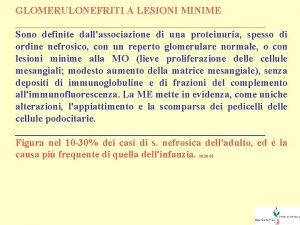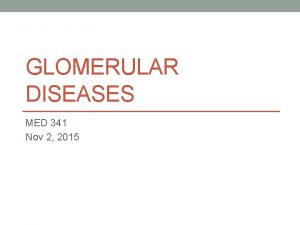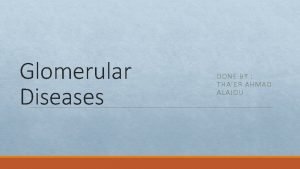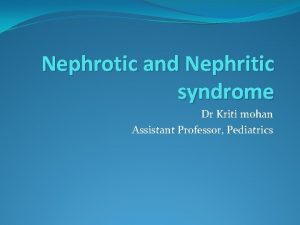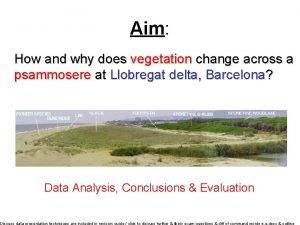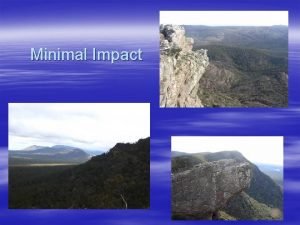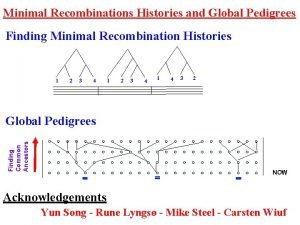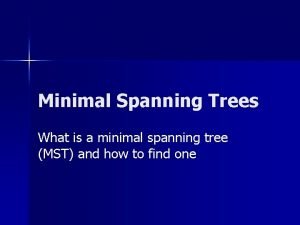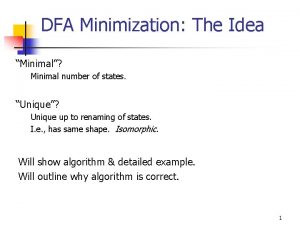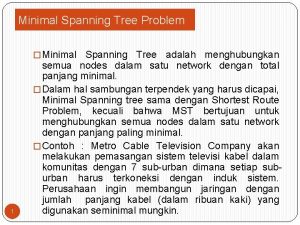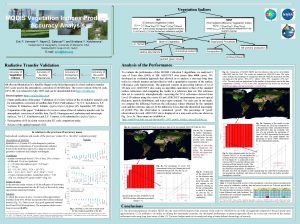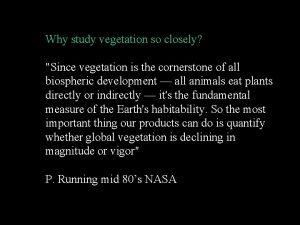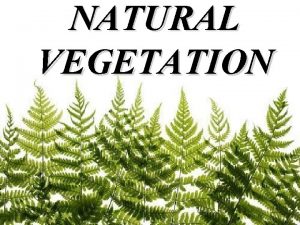Minimal change in vegetation structure across the Eocene
















- Slides: 16

Minimal change in vegetation structure across the Eocene. Oligocene boundary in Nebraska as indicated by isotopes in mammals Grant S. Boardman, Ross Secord Department of Earth and Atmospheric Sciences University of Nebraska-Lincoln. William E. Lukens Department of Earth and Environmental Science Temple University

Eocene-Oligocene Climate Change δ 18 O (‰, VPDB) 1 1, 5 2 2, 5 3 3, 5 32, 5 33, 0 Oligocene Oi-1 Age (Ma) 33, 5 34, 0 Benthic foram record (blue) from Bohaty et al. (2012) 34, 5 35, 0 Eocene Benthic record from Zachos et al. (2001)

Broad changes in NA mid-continent • Proxies supporting increased aridification with minimal cooling. –Ecomorphological turnover in gastropod fauna (Evanoff et al. , 1992) –Decrease in semi-aquatic herpetofauna (Hutchison, 1982, 1992) –Changes in paleosol character and geochemistry (Retallack, 1983, 1990, 1992, 2007; Sheldon and Retallack, 2004; Sheldon, 2009; Terry, 2001)

Toadstool Geologic Park

Paleosol Record in Nebraska • Pedogenic features: • • • Horizonation Carb/clay accum. “Paleofertility” Trace metal conc. Root traces • Decreasing root cast size up section. • Abundance of hairline roots in Orellan Paleosols Figure based on Terry (2001); Kennedy and Terry (2010); and ongoing work by Lukens and Terry.

Phytolith Record in Nebraska • Predominance of forest indicators (woody and herbaceous dicots, conifers, ferns, palms) and closedhabitat grasses. • Chadronian and Orellan landscapes seen as closed-forest. Figure modified from Strömberg (2005)

MAIN GOAL Characterize EOT habitats in Nebraska based on ungulate proxies (δ 13 CE)…

Mammal enamel stable carbon isotopes • Carbon in enamel (δ 13 CE) reflective of plants consumed. • Plant carbon values (δ 13 CP) – Photosynthetic pathway (C 3, C 4, CAM) – Water stress in C 3 plants, open vs. closed C 3 habitats – Atmospheric composition • Focus on C 3 habitats – Previous isotope work suggests no C 4 (Zanazzi and Kohn, 2008)

Constructing a predictive habitat/enamel isotope model • Modeled habitat/enamel values based on modern plant habitat values adjusted for: – Enamel enrichment, 14. 1‰ (Cerling and Harris, 1999) – Latitude, +0. 3‰/10° lat. (Secord et al. , 2008) (adjusted to 42°N) – Altitude, +0. 65‰/km altitude (Secord et al. , 2008) (adjusted to ~ 1 km) – Δ atmospheric δ 13 C 2‰ more positive than modern (Tipple et al. , 2010)

Predicative Enamel/Habitat Model (Kita-Boardman Model, E-O Version)

Nebraska’s Eocene-Oligocene Ungulates • 12 ungulate taxa sampled, 11 from Chadronian (NALMA) BCC Mbr. below UPW and 7 from Orellan (NALMA) BCC and Brule Mbrs. above the UPW. • 124 specimens total. • 6 range-through taxa sampled (Hyracodon, Subhyracodon, Mesohippus, Archaeotherium, Agriochoerus, and Merycoidodon). • Enamel sampled and pretreated at UN-L, samples analyzed at UMSIL by Lora Wingate.

Chadronian

Orellan

Little habitat change Range-through intrataxon δ 13 CE statistically indistinguishable … woodland/scrubland interface unchanged.

Acknowledgments • UN-L Dept. Earth & Atmospheric Sciences • George Corner, Greg Brown, Ellen Steppleton, Rob Skolnick at UNSM • Jakway Fund • Nebraska Geological Society Yatkola-Edwards Award and funding match by AAPG • GSA Graduate Research Fund • Lora Wingate at UMSIL

THANK YOU!
 Eocene oligocene miocene pliocene
Eocene oligocene miocene pliocene Dr shahzad ahmad
Dr shahzad ahmad Glomerulonefrite a lesioni minime
Glomerulonefrite a lesioni minime Minimal change
Minimal change Minimal change disease
Minimal change disease Minimal change disease
Minimal change disease Nephrotic syndrome definition
Nephrotic syndrome definition Hình ảnh bộ gõ cơ thể búng tay
Hình ảnh bộ gõ cơ thể búng tay Slidetodoc
Slidetodoc Bổ thể
Bổ thể Tỉ lệ cơ thể trẻ em
Tỉ lệ cơ thể trẻ em Gấu đi như thế nào
Gấu đi như thế nào Chụp phim tư thế worms-breton
Chụp phim tư thế worms-breton Chúa yêu trần thế
Chúa yêu trần thế Môn thể thao bắt đầu bằng chữ đua
Môn thể thao bắt đầu bằng chữ đua Thế nào là hệ số cao nhất
Thế nào là hệ số cao nhất Các châu lục và đại dương trên thế giới
Các châu lục và đại dương trên thế giới
